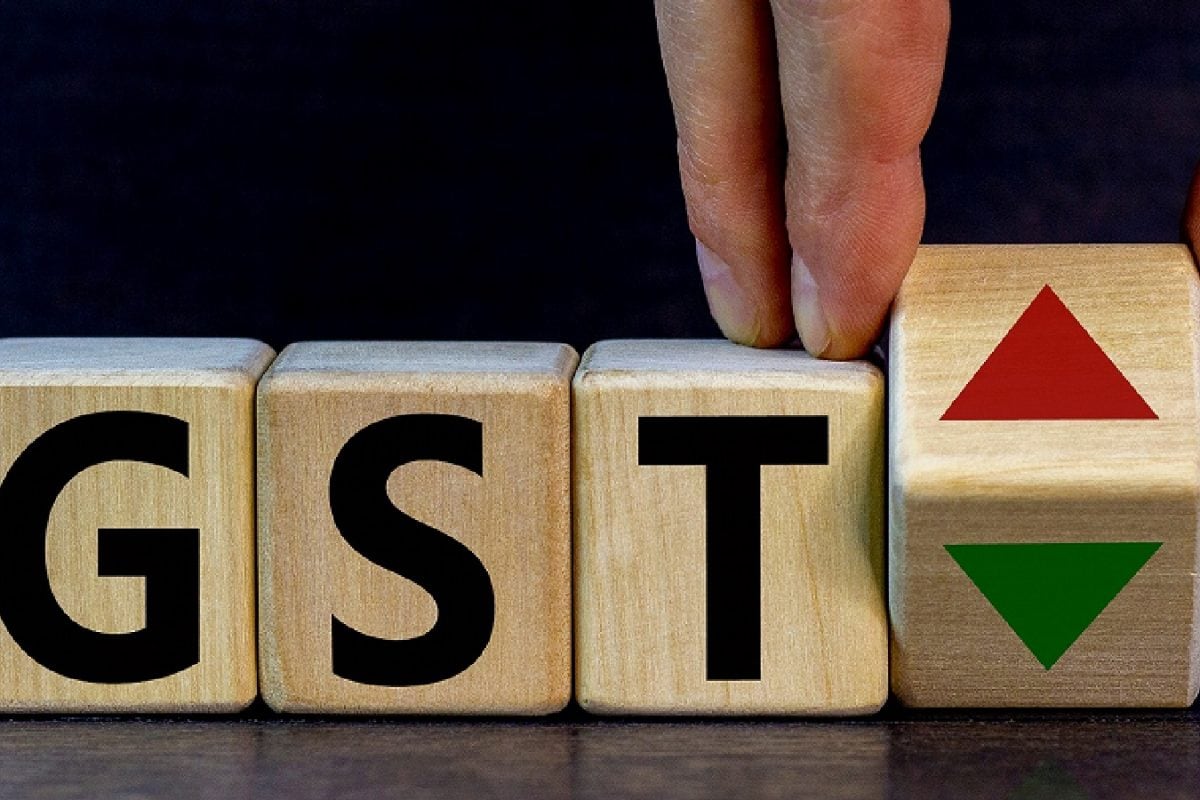

The Goods and Services Tax (GST) structure in India is on the verge of a significant overhaul, potentially leading to price reductions on various essential items and services. The central government is considering a simplified GST regime with fewer tax slabs, aiming to ease the burden on the common person and boost consumption.
Proposed Changes to the GST Structure
The proposed rejig involves primarily reducing the number of tax slabs to two main rates: 5% and 18%. A special rate of 40% will be levied on luxury and sin goods. This new structure is expected to replace the existing multi-slab system, which includes rates of 0%, 5%, 12%, 18%, and 28%.
Under the revamped structure, a large percentage of items currently taxed at 12% are likely to be moved to the 5% bracket. Similarly, a significant portion of goods and services in the 28% slab is expected to shift to the 18% category.
Impact on Key Sectors
Expected Benefits and Concerns
The proposed GST rejig is expected to benefit several sectors, including textiles, fertilizer, renewable energy, automotive, handicrafts, agriculture, health, and insurance. Lower tax rates on mass consumption items could boost demand and consumption, particularly benefiting MSMEs. Experts believe that the reforms will make exports more competitive and stimulate domestic consumption.
However, some concerns exist regarding potential revenue losses due to the rate revisions. The government anticipates that increased consumption will offset these losses in the coming months.
Implementation Timeline
Prime Minister Narendra Modi has announced that the GST rate cuts will be rolled out by Diwali. There is a possibility of two GST Council meetings occurring in September to discuss these reforms.
Overall, the proposed GST rejig is a significant step towards simplifying the indirect tax regime and providing relief to the common man. While the specific details and implementation timeline are still evolving, the changes are expected to have a positive impact on various sectors of the Indian economy.